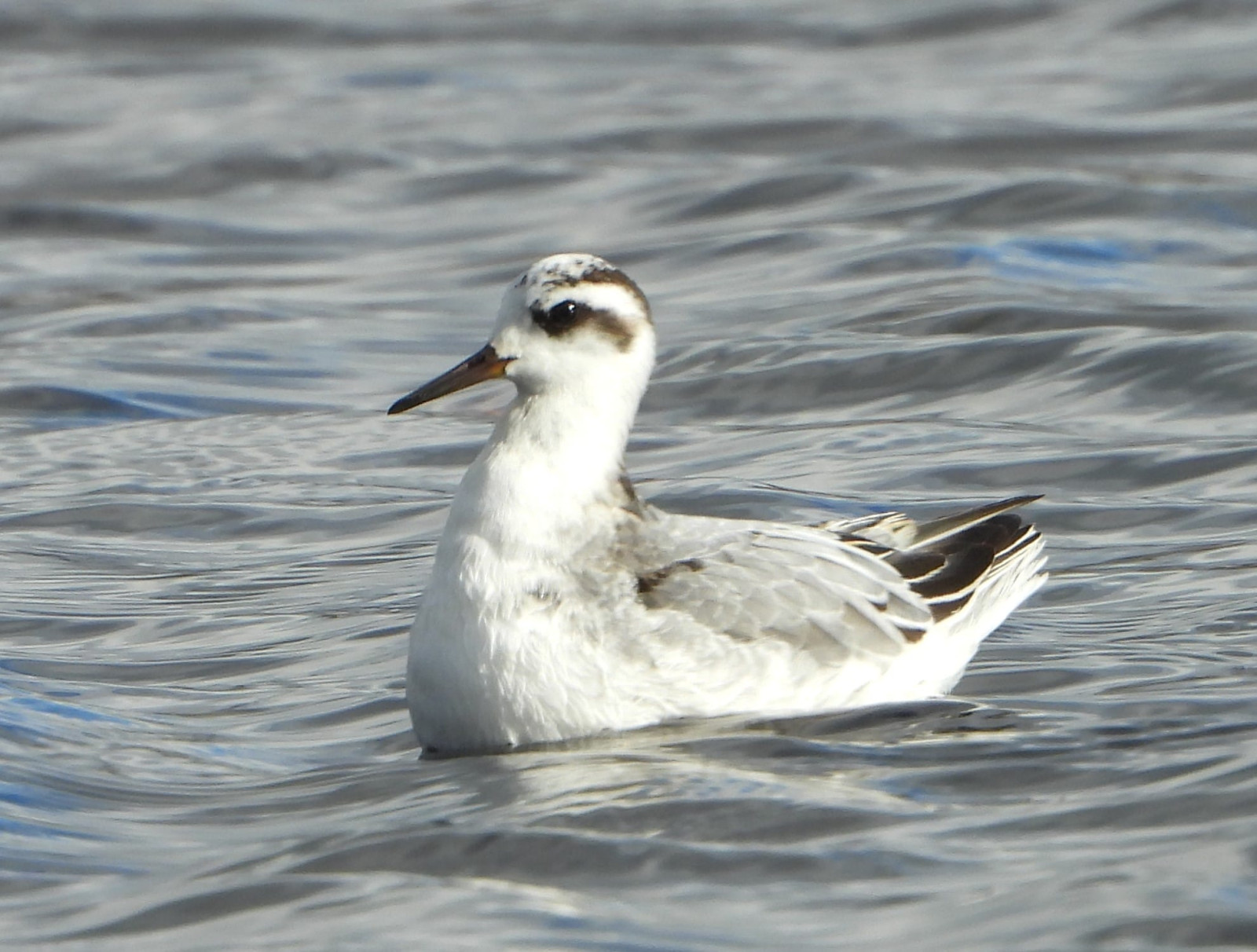Opis
The Santillana reservoir (also known as Embalse de Manzanares el Real) is a body of water along the Manzanares river located northwest of Madrid. The reservoir has a surface of 1052 ha and regulates the flow of the Manzanares river. An important part of the water supply to the city of Madrid and its surroundings comes from the reservoir. The reservoir is located in an area of high ecological value, surrounded by a forest of ash and holm oaks. As for the fauna, there are many waterfowl and birds of prey, as well as a large colony of bocian biały.
_________________________
Espagnol: El embalse de Santillana, también conocido como embalse de Manzanares el Real, está situado en el noroeste de la Comunidad de Madrid. Tiene una superficie máxima de 1052 ha y una distancia entre orillas opuestas de 4 km. El embalse se encuentra en una zona de alto valor ecológico, rodeado por un bosque de fresnos y encinas. Respecto a la fauna, habitan aquí multitud de aves acuáticas y rapaces, así como una gran colonia de cigüeña blanca.
Szczegóły
Dostęp
Embalse de Santillana is located very close to the town of Manzanares El Real. To get there follow the M-40 highway until the exit 57. Take the M-607 towards Colmenar Viejo/Tres Cantos. At the height of Colmenar Viejo, take the M-609, until the km 5, where you take the M-862 towards Manzanares El Real. Click on the P in the map for directions to a parking place. You can explore the banks of the reservoir on foot. How close you can get to the reservoir depends very much on the water level.
_________________________
Espagnol: Por la M-40 hasta la salida 57. Coger la M-607 en dirección Colmenar Viejo/Tres Cantos. A la altura de Colmenar Viejo, tomar la M-609, hasta el km 5, donde se coge la M-862 hacia Manzanares El Real y, posteriormente, la M-608, frente a la que se alza el Castillo de Manzanares.
.jpg)


